The Little 2M is a product of our unmatched MIDI merge design experience. Despite its small size and low price, it is definitely a proper intelligent MIDI merger. It has two MIDI IN ports and one MIDI OUT port. The lower MIDI IN has the standard opto-isolated MIDI configuration, while power for the unit is derived via the upper MIDI IN port. Of course, this means that you have to connect a MIDI output to the upper MIDI IN, whenever you wish to run the Little 2M.
The line-powered scheme is a significant convenience, as no battery or external adaptor is required. The Little 2M employs a novel power circuit which ensures very good compatibility, so it will work perfectly with the vast majority of MIDI master devices. A wonderful state-of-the-art low-power RISC microcontroller provides a level of performance which was not previously possible in a line-powered unit.
[MIDI Merger lamp]An indicator lamp lights when correct power is being received. The same lamp dips to indicate transmit data flow, which makes sure that the lamp is consuming current when the MIDI output is not. To reassure the user that the system is running, the lamp flashes during dense data. It flashes rapidly when the only messages being sent are MIDI Clocks or MIDI Time Code. Mighty message handling
The Little 2M handles all MIDI message types, including System Exclusive and MIDI Time Code. Channel Voice messages are normally transmitted in the order in which they were received. When the throughput gets very busy, and to avoid unacceptable delays, message types with the most redundancy are discarded first. The Little 2M generates sets of All-Notes-Off and centre Pitchbend messages at power-up. The Little 2M understands and sends 'running status', so you get the benefits of more efficient communication and faster response.
System Exclusive messages of any length are retransmitted. More than one simultaneous Time Code master in a system is illogical, so MTC quarter frame messages are only retransmitted when received on the upper IN port. The processor maintains the chronology of Song Position Pointer and Song Select messages with associated System Real Time messages.
Our brilliant and widely-imitated intelligent clock interlock system moderates the retransmission of MIDI Clocks, so that the most recently started clock stream takes over. Active Sensing is ignored and discarded, while System Reset is retransmitted and honoured.
Merge units frequently find employment where it is required to insert synchronisation into a performance - especially on the input to a hardware or software sequencer. The synchronisation may often take the form of tempo-relative MIDI clocks. Even if the synchronisation messages are in the absolute time MTC (MIDI Time Code) system, the sync source may be connected to either MIDI IN port � the source will be automatically detected.
The Little 2M is probably smaller than you think (it's about the size of a cigarette packet) at 58mm x 69mm x 23mm, that's the same size as our V3. The splendid processor incorporates a watchdog circuit for automatic crash recovery.




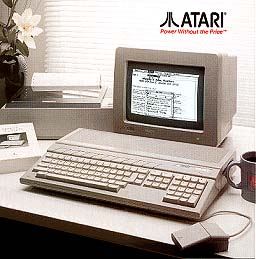
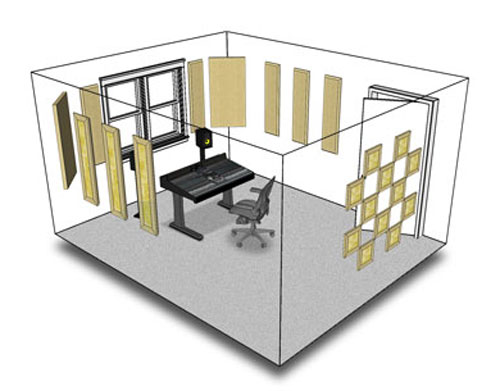
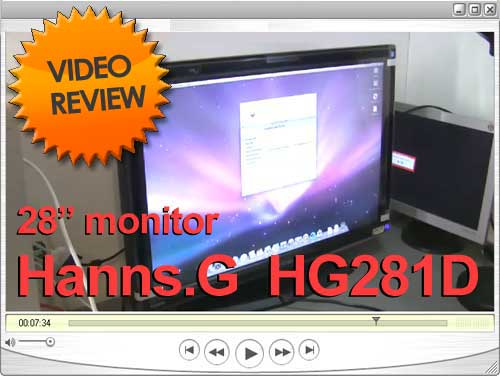
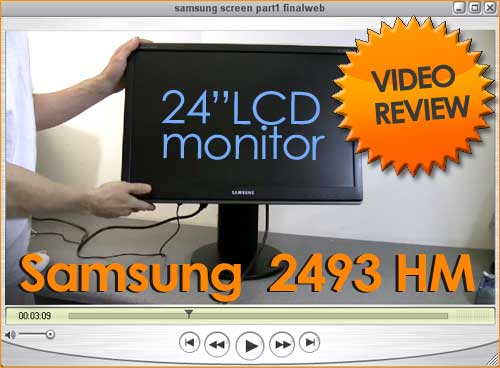
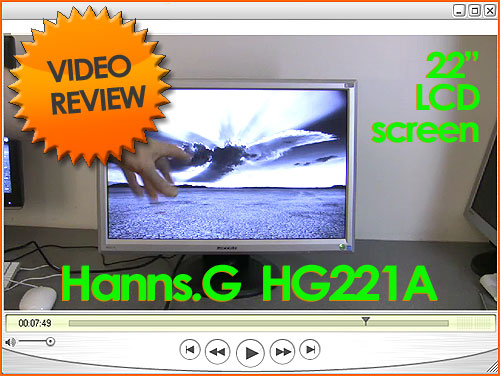

Read 1 comments
Add review/comment